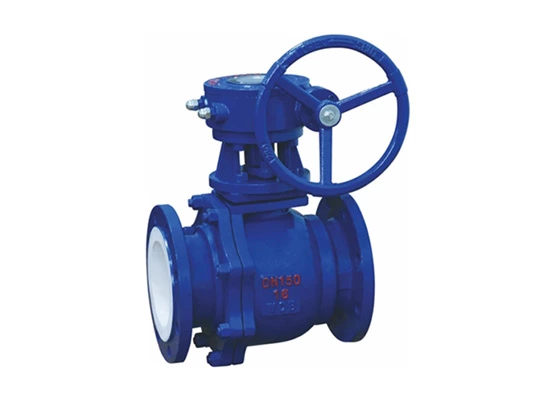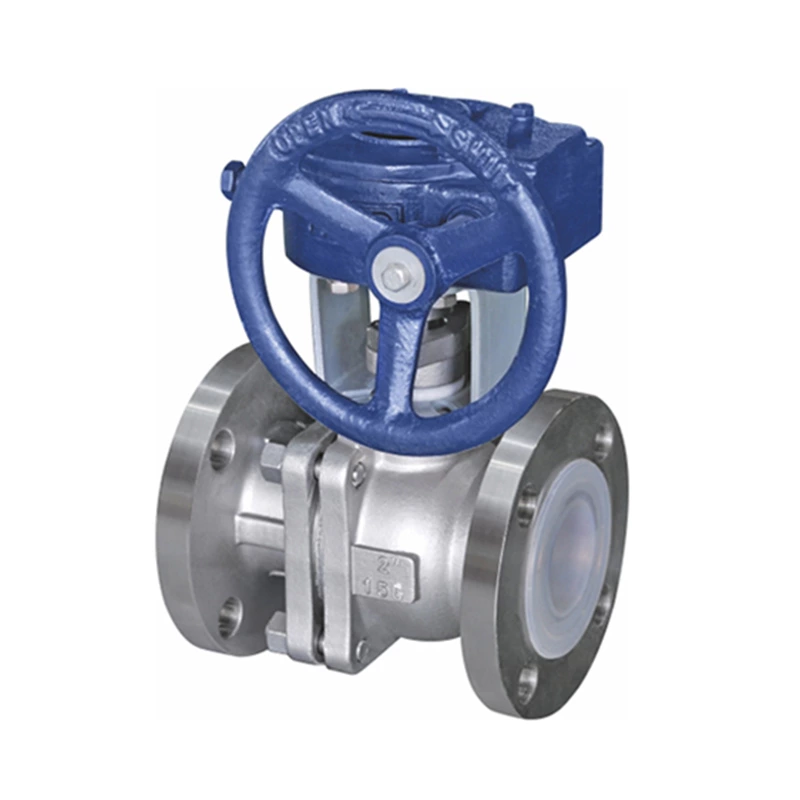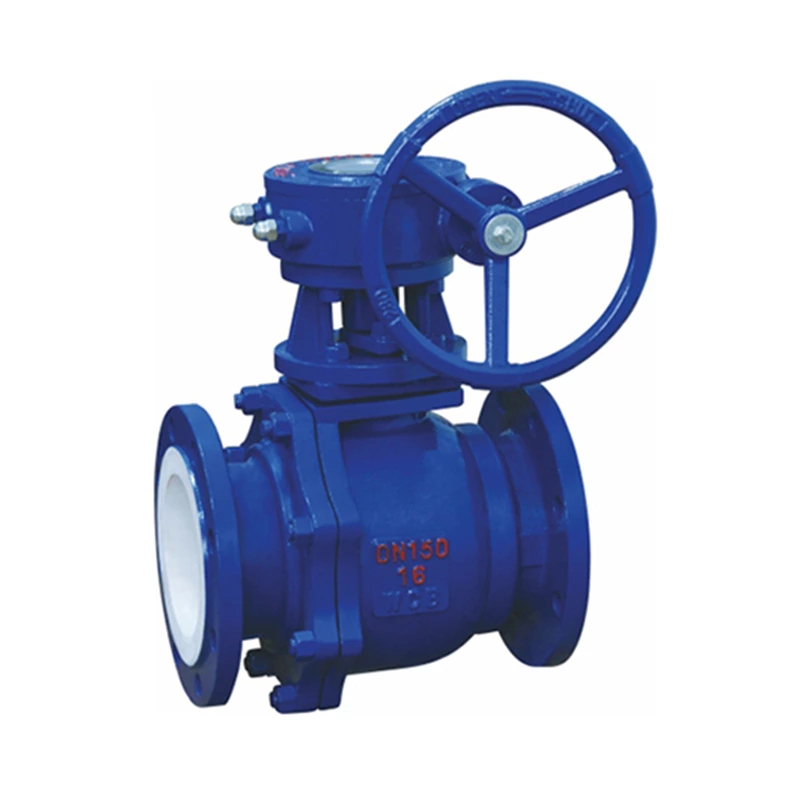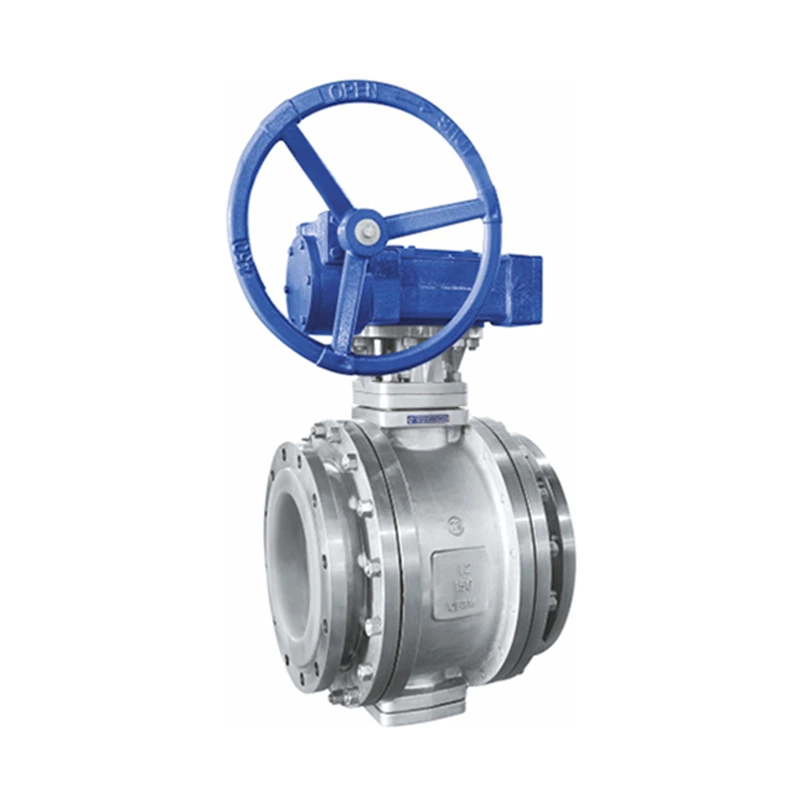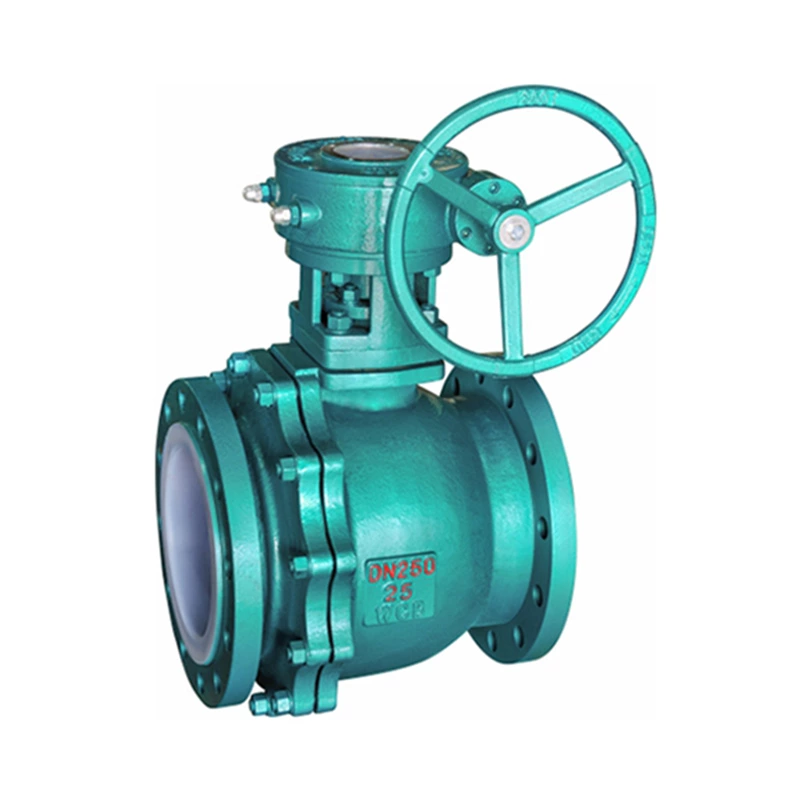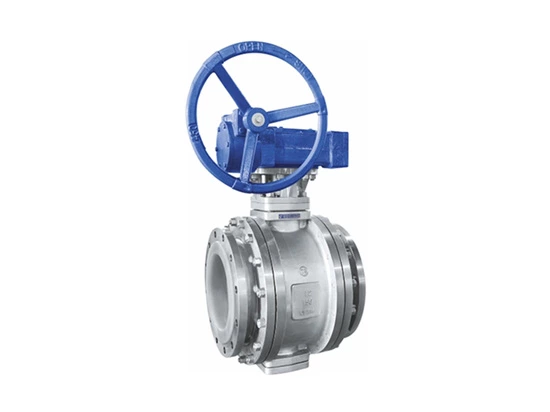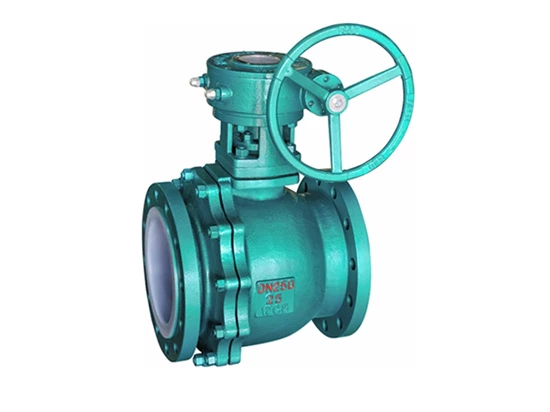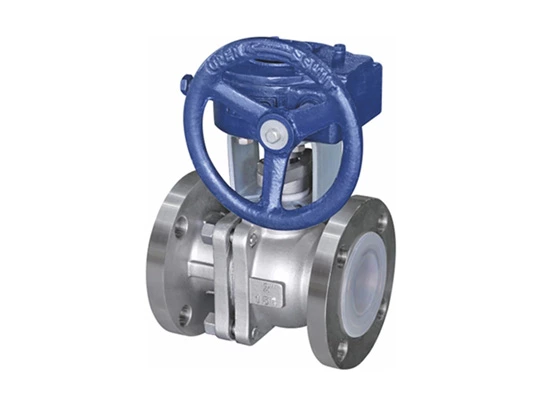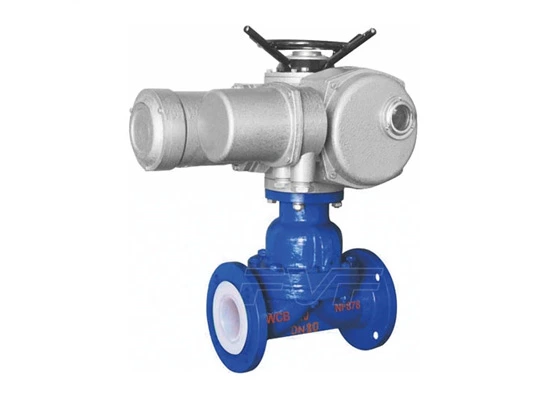What Are The Basic Principles For Selecting Fluorine-lined Ball Valves?
Lined Ball Valve is a valve widely used in chemical, petroleum, metallurgy and other industries. Its selection needs to consider the following basic principles:
1. Characteristics of the working medium:
First, you need to understand the temperature, pressure, fluid properties (acidity, alkalinity, corrosiveness, etc.), viscosity and other parameters of the working medium to determine the material and sealing material of the ball valve.
2. Valve size and pressure level:
Select the appropriate valve size and pressure level according to the flow and pressure of the working medium.
3. Fluid resistance:
Consider the fluid resistance of the working medium and select the appropriate caliber and flow channel structure to ensure the normal operation of the valve and the circulation of the fluid.
4. Sealing performance:
The main feature of the fluorine-lined ball valve is good sealing, but when selecting, you need to consider factors such as the corrosiveness and temperature of the working medium and select suitable sealing materials and structures.
5. Valve operation mode:
According to actual needs, select valves with manual operation, electric operation or pneumatic operation to meet different working conditions and control requirements.
6. Valve material:
Select the appropriate valve material according to the characteristics of the working medium and working conditions. Commonly used materials include carbon steel, stainless steel, alloy steel, copper alloy, etc.
The above are the basic principles for selecting fluorine-lined ball valves. Other factors should also be considered when selecting, such as installation location, pipeline layout, etc. Detsen recommends consulting and confirming with professional manufacturers or technicians before selecting to ensure the accuracy and reliability of the selection.
